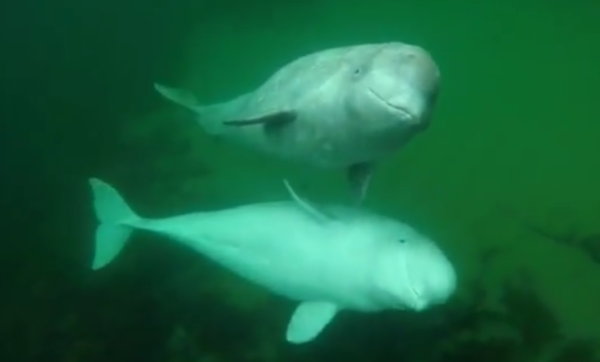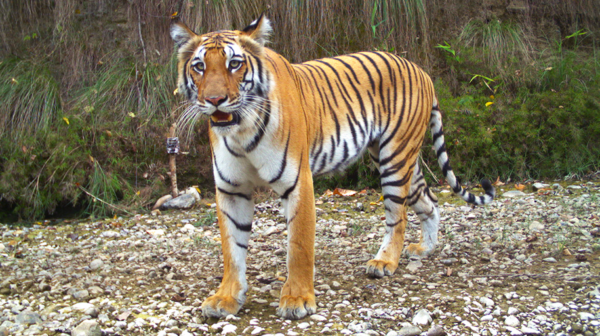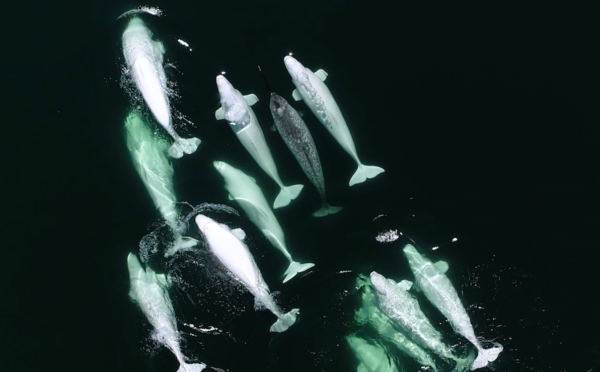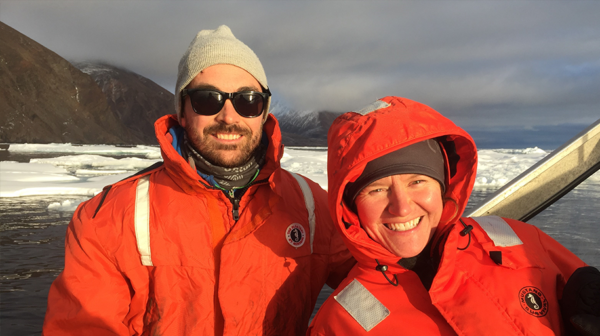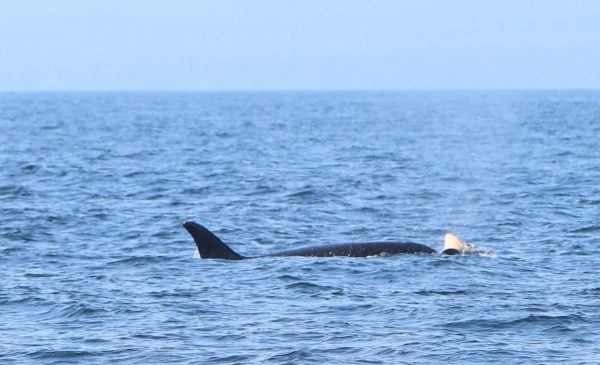5 wild stories from 2018
This year brought deadly environmental disasters and strained politics – but it also gave us a few charming animals that captured our collective attention at times when we seemed to need it most. Here’s a look at the top five headline-grabbing animals of 2018.
Whale hello there
Over the summer, Cape Bretoners were surprised to see a friendly pair of beluga whales, who were like fish out of water. St. Lawrence Belugas aren’t normally found off the coast of Ingonish, N.S., but they made themselves right at home. The curious duo was reportedly swimming up to some lucky locals enjoying water activities – and predictably, no one was upset about it. Although everyone wanted to catch a glimpse, officials made sure to remind everyone to keep a safe distance and slow down around the Endangered whales.
https://www.facebook.com/WWFCanada/videos/vl.1777243749270773/10156632831815719/?type=1
Bouncing back
In the fall, we learned Nepal is set to become the first country to double its wild tiger population – and Canadians are a big part of this success story! The population is small – doubled, it would be around 235 – but the conservation efforts that helped make this happen are mighty. WWF-Canada has supported WWF-Nepal’s work in Chitwan National Park, which is home to the country’s largest group of tigers. Since 2009, your donations have helped fund advanced monitoring technology and wildlife rangers in the park who watch over tigers, keep poachers out and even track down suspected illegal trade organizations.
WWF-US board member Leonardo DiCaprio celebrated with us, saying, “This significant increase in Nepal’s tiger population is proof that when we work together, we can save the planet’s wildlife – even species facing extinction.” We couldn’t agree more!
Friends forever
One unusual whale pod made splashes this year when a narwhal was spotted swimming with belugas in the St. Lawrence River. Although the so-called adoption first took place around three years ago, everyone was happy to see the narwhal fully-embedded in the pod. Although you can find populations of belugas in the Arctic, narwhals are primarily found in the Arctic waters of Canada and Greenland, with a small group spreading as far as Norway and Russia.
A rare sighting
Two sperm whales went where few have gone before – the icy waters of the Arctic Ocean.
https://www.facebook.com/WWFCanada/videos/432943153902910/
This past fall, Brandon Laforest was travelling in Eclipse Sound to retrieve an acoustic monitoring device when everyone on the boat spotted sperm whales. As WWF-Canada’s senior Arctic species specialist, Brandon immediately knew this rare moment needed to be captured on film.
The video he shot is just the second recording of sperm whales in this region near Nunavut. The first recorded sighting was back in 2014. In fact, the guide, Titus Allooloo, who lives nearby, had never seen one before.
While sperm whales can be found in every ocean in the world, they prefer ice-free waters and don’t usually venture so far north. The two observations could signal a shift in habitat distribution, which could be due to warming waters caused by climate change.
A tour of grief
The southern resident killer whales, found in Canada’s Salish Sea, had a year we all won’t soon forget. But the most tragic story of all centred around J35, also know as Tahlequah, a 20-year-old who carried a calf to term, only to have it die shortly after birth. The death kickstarted a heart wrenching mourning process, which lasted 17 days. During this time, the endangered whale kept her calf’s body afloat – and it worried everyone around the world, including researchers. How could a whale that is dealing with mounting threats to her survival – including a shortage of food – use all her strength to mourn, and still survive? But on day 17, when she finally let her calf go, researchers found her to be in good health. The southern residents haven’t experienced a successful birth since 2016, so here’s hoping 2019 brings them healthy calves.

